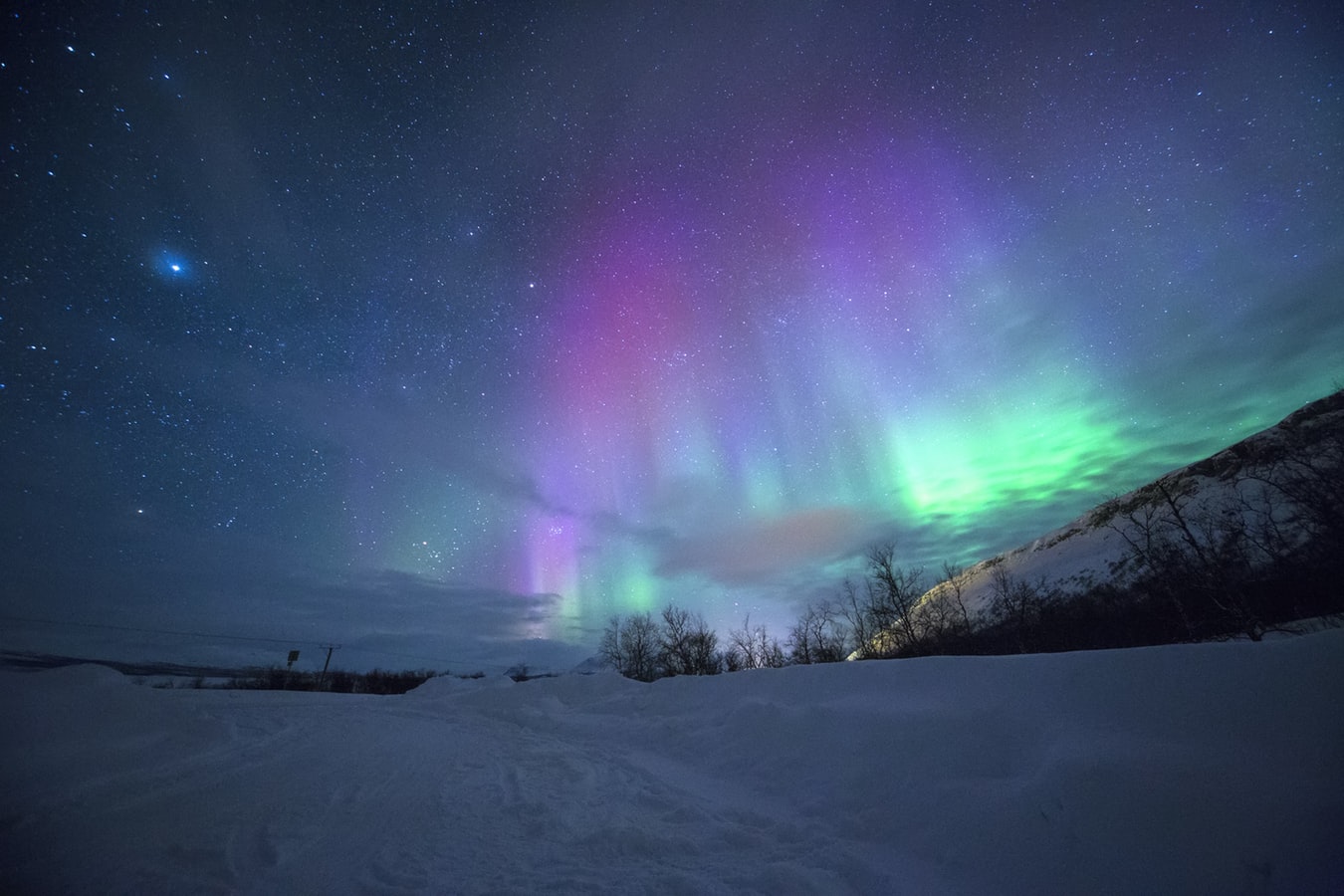The Meeting will be held in Santander on July 11 and 12, 2019. Important dates (registration, abstract submission)... can be found below and in the web page https://indico.ifca.es/event/1110/overview
The phenomenon of strong non-stellar activity in the centres of some galaxies has been known and studied since the 1940s. The violent and energetic processes happening in the innermost regions of those galaxies have their own intrinsic interest, added to that of the usefulness of this class of sources as remote (in space and time) and bright beacons to study the early Universe and the intervening material.
This has been transcended by the discovery in the last 20 years of the ubiquitousness of supermassive black holes in the centres of galaxies, with masses strongly correlated to several basic galaxy properties. This, together with the similar cosmic evolution of star formation and energy release from accretion (the ultimate origin of the emission of those active galactic nuclei -AGN-), strongly suggest that the formation and evolution of galaxies and of their nuclear black holes (shining as AGN when they grow) are strongly coupled, either by mutual coupling and influence or due to both being driven by some other process (or processes), such as accretion from the cosmic web. AGN are thus not a rare cosmic occurrence, appealing only to a minority of astronomical botanists, but appear to be central to our understanding of galaxy formation and growth, one of the greatest mysteries in modern Astrophysics.
This new drive to understand AGN has produced plenty of new and interesting results, but many questions remain to be answered, such as:
- How (and how much) do AGN influence their host galaxies?
- Which are the mechanisms for this in different accretion modes at different accretion rates?
- How frequent are jets in AGN and what is their impact in galaxies?
- Do all AGN have the same basic structure(s)? What are the parameters that determine their observed properties?
- How is the nuclear material distributed and what are its physical properties?
This V Meeting of AGN Research in Spain aims at reproducing the success of previous meetings (link to web pages in web version) by assembling the researchers in the area to present their latest results and to discuss ways forward to answer the many pressing questions in this topic. Many past advances have hinged and future progress will depend on the development and exploitation of large national and international multiwavelength facilities, both in the near (e.g. GTC: EMIR, MEGARA, FRIDA, MIRADAS), mid (JWST, SKA) and long term (Athena).
The V Meeting will consist of 6 sessions distributed over 1.5 days, combining short contributed talks (15-20 min) and invited talks (~30min), with a mixture of current "hot" topics, first results from recently commissioned instruments and reviews of future facilities relevant for AGN studies.
Dates:
- 12 febrero: first circular
- 12 febrero: open registration
- 31 mayo: deadline for abstract submission
- 15 junio: final programme announcement
- 30 junio: close registration
